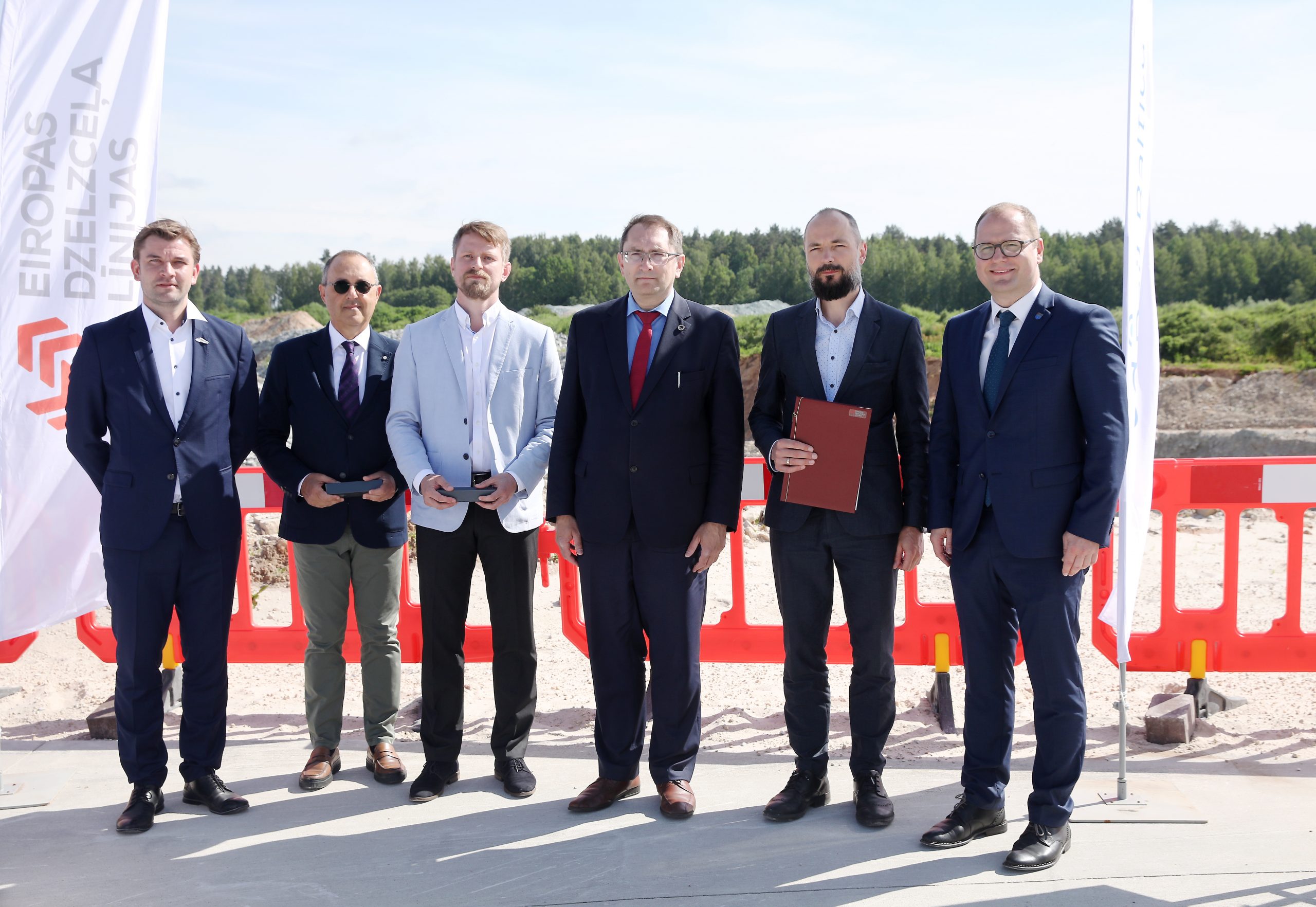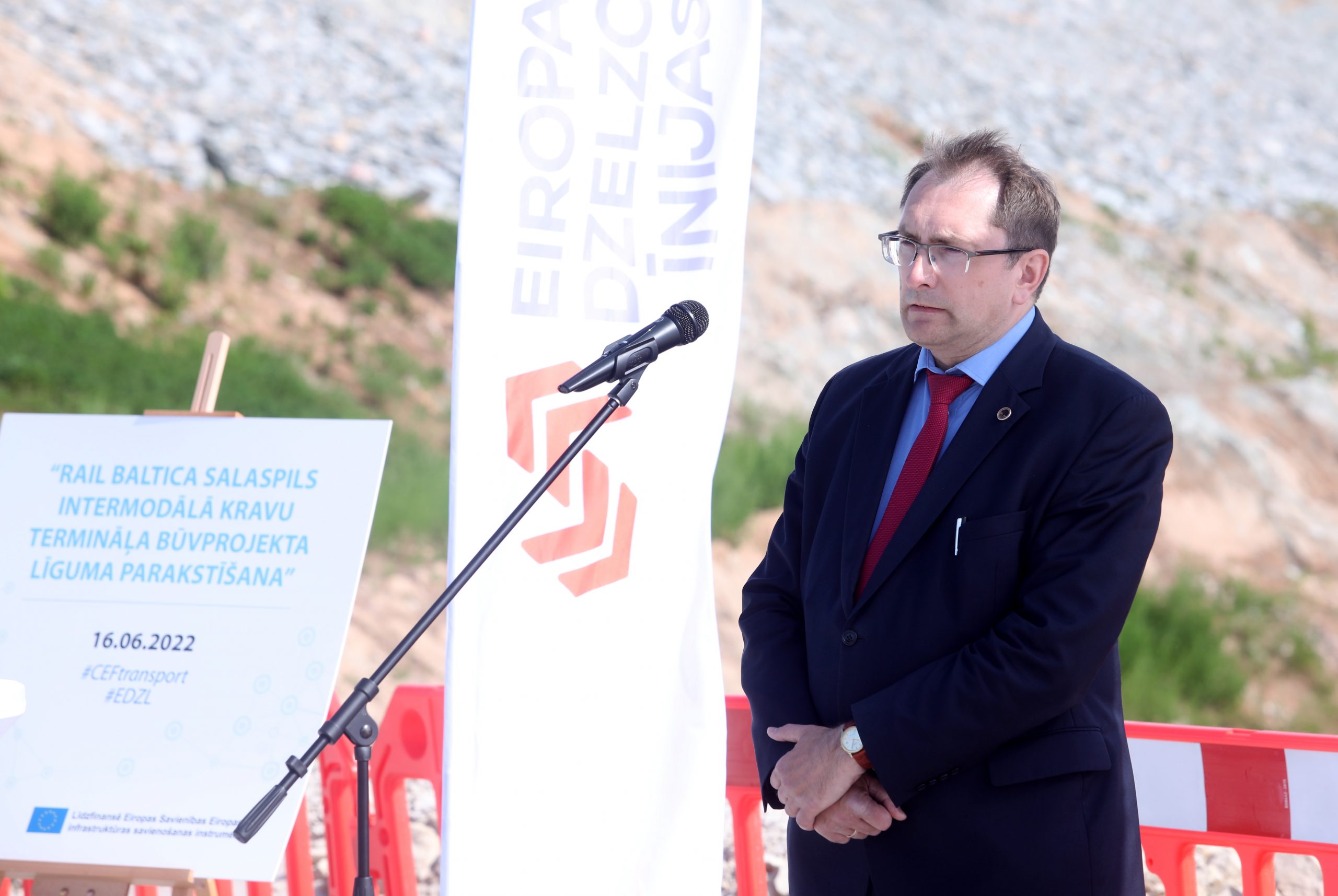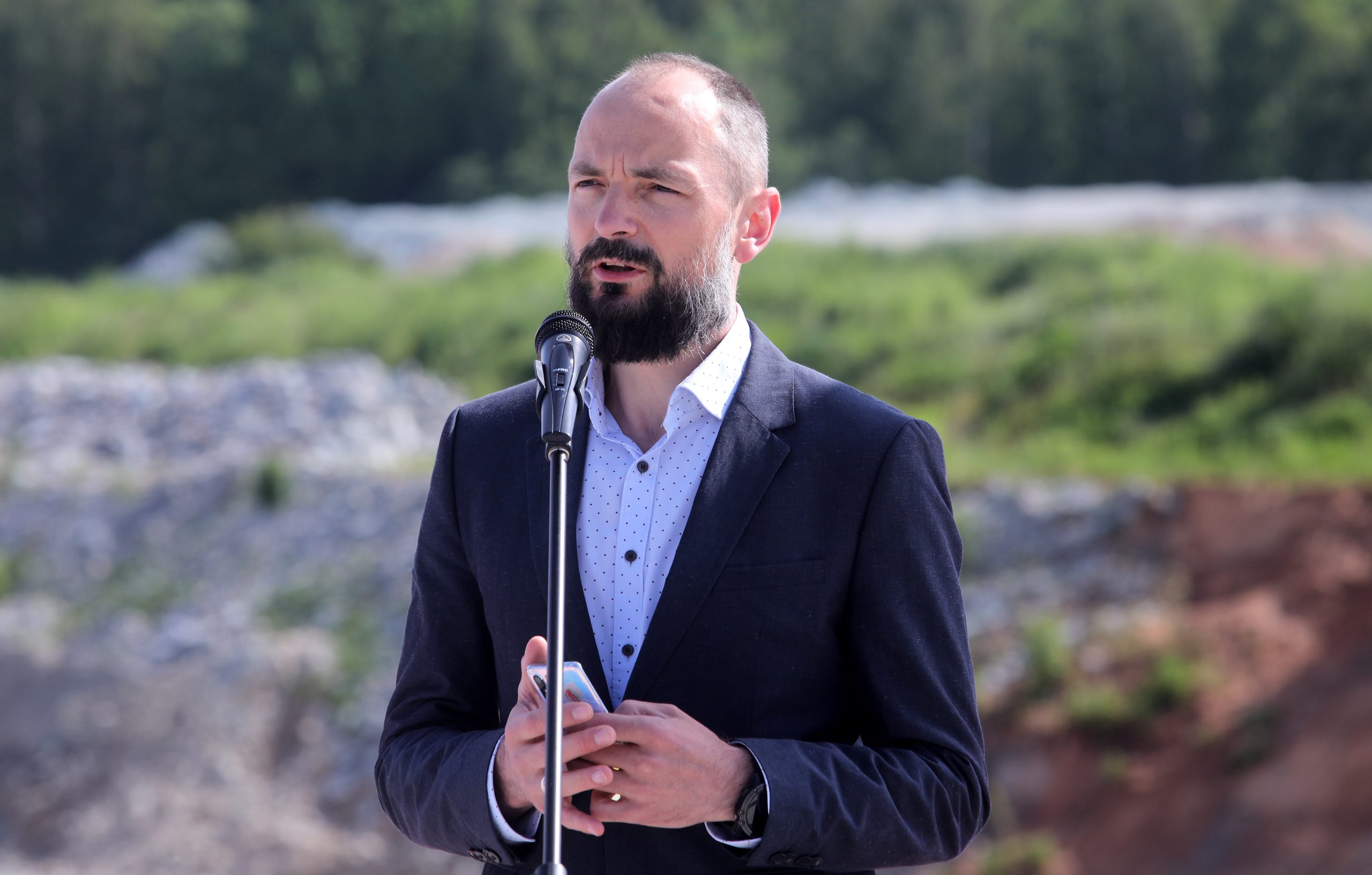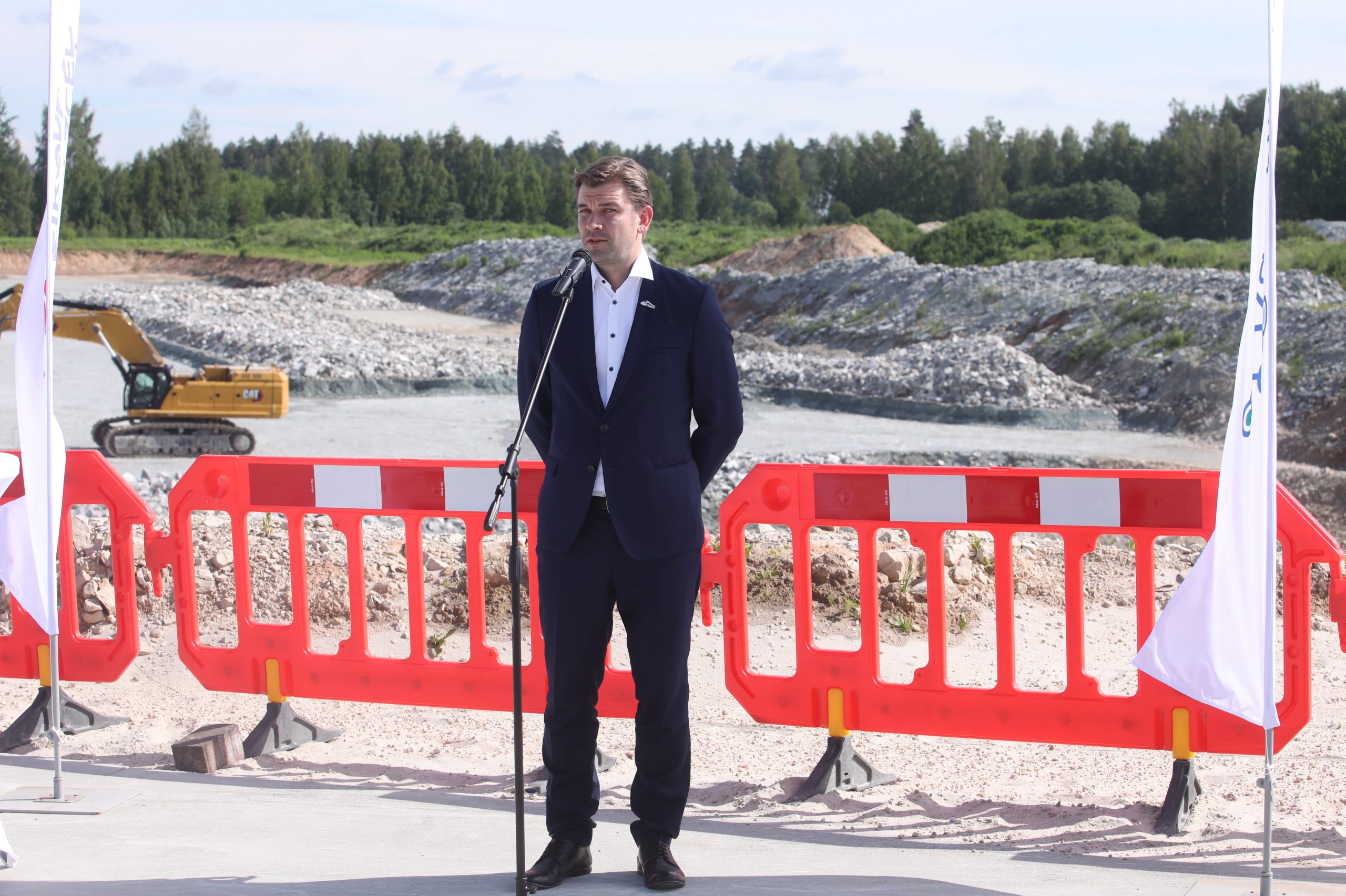
Development of the detailed technical design for Rail Baltica Salaspils intermodal freight terminal was launched, as agreed by the Rail Baltica national implementing body in Latvia Eiropas Dzelzceļa līnijas and the winners of the tender, an association of experienced Italian and Latvian companies, by signing the contract on 16 June 2022.
The Salaspils freight terminal is strategically and economically important for the Rail Baltica global project in order to develop diversified freight transport opportunities on international freight corridors in Latvia, with high growth potential in the North-South direction.
The detailed technical design will be developed by the supplier’s association BRD projekts (Latvia) and Sintagma S.r.l. (Italy), besides, the contract also provides for author’s supervision until the terminal is put into operation. The detailed technical design is expected to be ready in 2024.

“Rail Baltica is not only about international and local passenger transport and regional stations, but it is also intended to be a major freight corridor, for launching of which the Salaspils Intermodal Freight Terminal is a key element. The current geopolitical situation clearly shows the importance of creation of such a transport corridor towards Western Europe in order to facilitate the connectivity of Latvia and the Baltic States, and safe, and fast freight flow in North-South direction”, says Minister for Transport Tālis Linkaits.
Rail Baltica will not only be high-speed trains that will make it easy to reach the Baltic capitals and other European metropolises. In addition to passenger trains, freight transport will also play an important role in Rail Baltica.

“The Salaspils Freight Terminal combines a unique set of advantages to significantly increase the competitiveness of the Latvian logistics industry in the Baltic region. National economy of Latvia and global carriers are waiting for the Salaspils terminal. This will be a major benefit as multimodal solutions are only increasing in importance worldwide. The Salaspils Intermodal Freight Terminal is a proof that the Latvian logistics industry is also evolving over the time”, says Kaspars Vingris, Chairman of the Board of Eiropas Dzelzceļa līnijas.
The Rail Baltica infrastructure has several important points of contact with Salaspils and the project implementers have established a successful cooperation with Salaspils Municipality, working together on the best possible future solutions.

“This is an important moment for the Rail Baltica global project, as Latvia joins the other Baltic countries in the designing of the main multimodal terminal. In Estonia, work has already started on the design of the Muuga multi-modal freight terminal, while the Kaunas intermodal terminal was opened for initial commercial traffic on the Rail Baltica corridor in the summer of last year. Given the geopolitical situation, the Rail Baltica project is gaining new importance and priority. In the freight sector, this requires reconsideration of the initial plans and assumptions, therefore, in addition to the technical work, we expect an active discussion on the development of Salaspils Intermodal Freight Terminal as a central freight hub in Latvia, involving not only the municipality but also the Latvian logistics industry”, said Ēriks Diļevs, Technical Director of RB Rail AS in Latvia.

It is planned that the Salaspils Intermodal Freight Terminal will provide container handling on both 1435 mm and 1520 mm gauge railways, as well as road transport and piggy-back loading and unloading onto specialized train wagons. The Salaspils Intermodal Freight Terminal, in addition to receiving, shipping, and processing freights, entrepreneurs will have the opportunity to develop production facilities and warehouses.
81-85% of the project’s funding is provided by the EU’s Connecting Europe Facility, with the remaining amount granted from the state budget of Latvia. The Ministry of Transport is the beneficiary of the EU aid and the project implementer.
